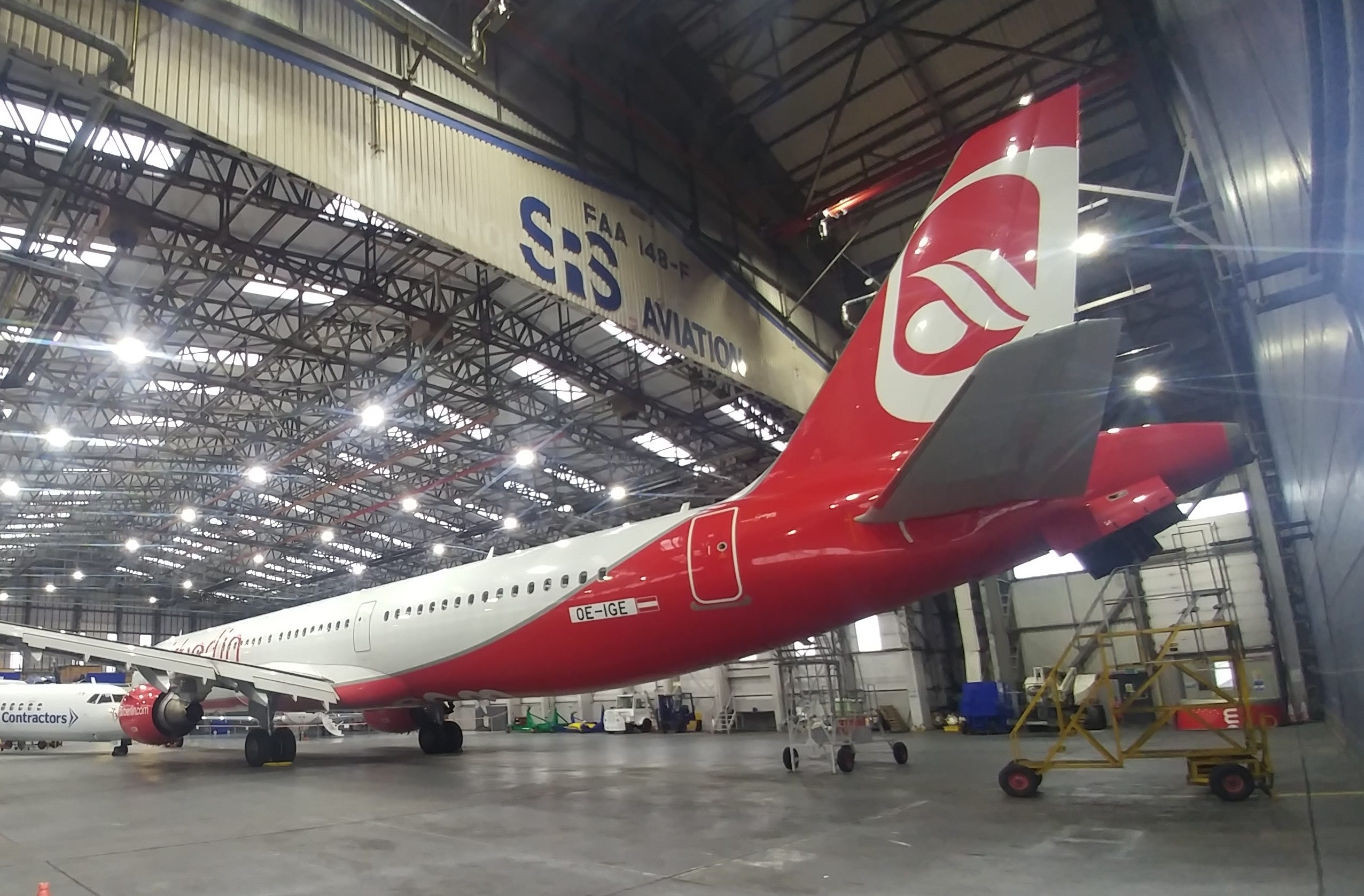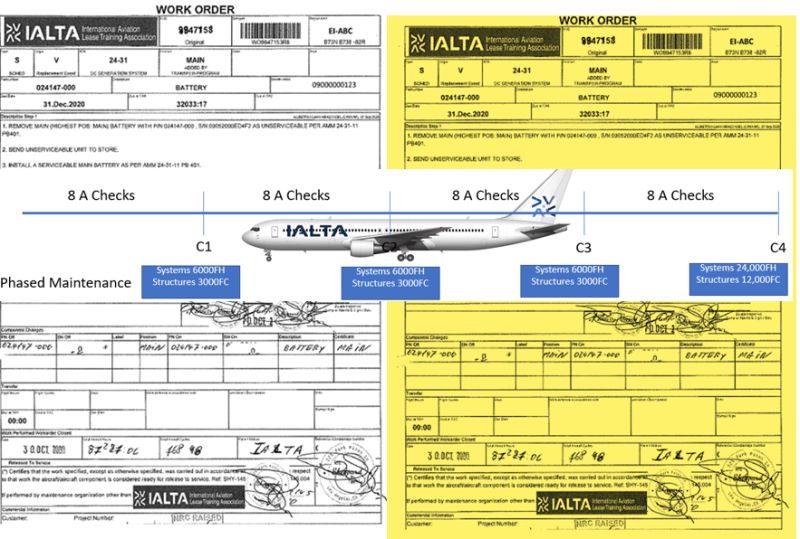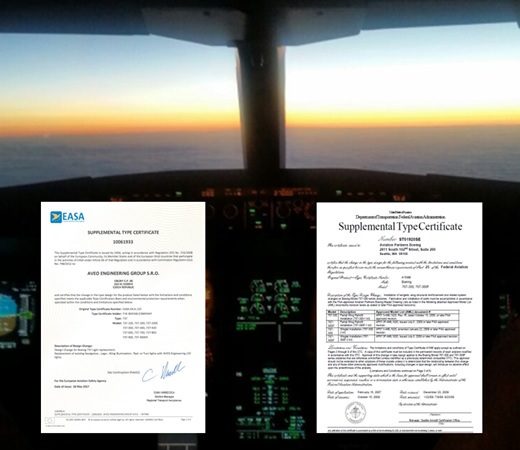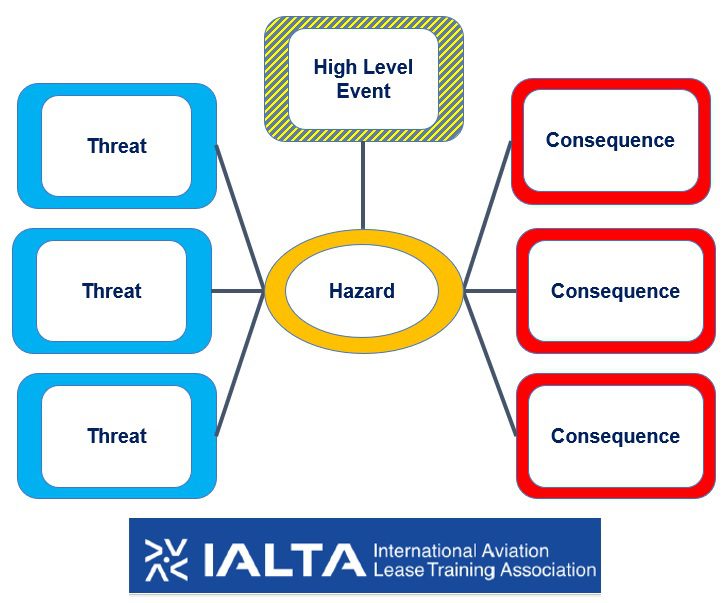Structural Repair Certification – Aircraft Lease Reviews
When a repair is applied to an aircraft it is the result of a lot of analysis and complex comprehensive evaluation of its impact on the airworthiness of that aircraft.
Many repairs will be carried out with the OEM (Original Equipment Manufacturer) documentation such as the SRM (Structural Repair Manual) as seen in some examples using data from Airbus and Boeing.
When damage occurs that is beyond the scope of the SRM this is where we need to be more careful in the approval evaluation.




